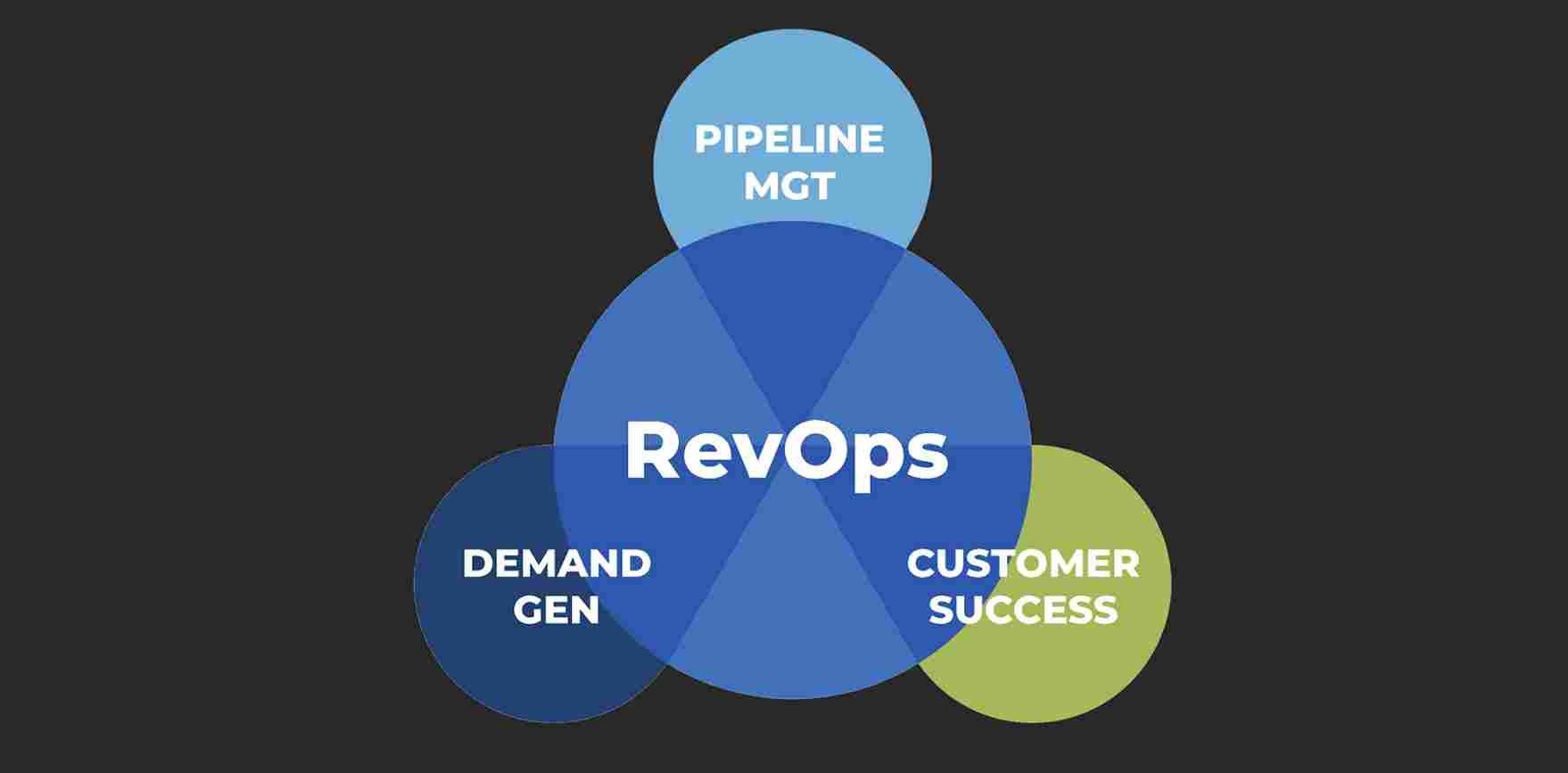Retrospective thoughts on KubeCon Europe 2022
I’m not going to lie. As I sit on a plane flying away from Valencia, I confess to have been taken aback by the scale of Kubecon Europe this year. In my defence, I wasn’t alone the volume of attendees appeared to take conference organisers and exhibitors by surprise, illustrated by the notable lack of water, (I was told) t-shirts and (at various points) taxis.
Keynotes were filled to capacity, and there was a genuine buzz from participants which seemed to fall into two camps: the young and cool, and the more mature and soberly dressed.
My time at KubeCon Europe was largely spent in one-on-one meetings, analyst/press conferences and walking the stands, so I can’t comment on the engineering sessions. Across the piece however, there was a genuine sense of Kubernetes now being about the how, rather than the whether. For one reason or another, companies have decided they want to gain the benefits of building and deploying distributed, container-based applications.
Strangely enough, this wasn’t being seen as some magical sword that can slay the dragons of legacy systems and open the way to digital transformation the kool-aid was as absent as the water. Ultimately, enterprises have accepted that, from an architectural standpoint and for applications in general, the Kubernetes model is as good as any available right now, as a non-proprietary, well-supported open standard that they can get behind.
Virtualisation-based options and platform stacks are too heavyweight; serverless architectures are more applicable to specific use cases. So, if you want to build an application and you want it to be future-safe, the Kubernetes target is the one to aim for.
Whether to adopt Kubernetes might be a done deal, but how to adopt certainly is not. The challenge is not with Kubernetes itself, but everything that needs to go around it to make resulting applications enterprise-ready.
For example, they need to operate in compliance environments; data needs to be managed, protected, and served into an environment that doesn’t care too much about the state; integration tools are required with external and legacy systems; development pipelines need to be in place, robust and value-focused; IT Operations need a clear view of what’s running whereas a bill of materials, and the health of individual clusters; and disaster recovery is a must.
Kubernetes doesn’t do these things, opening the door to an ecosystem of solution vendors and (often CNCF-backed) open source projects. I could drill into these areas Service Mesh, GitOps, orchestration, observability, and backup but the broader point is that they are all evolving and coalescing around the need. As they increase in capability, barriers to adoption reduce and the number of potential use cases grows.
All of which puts the industry at an interesting juncture. It’s not that tooling isn’t ready: organizations are already successfully deploying applications based on Kubernetes. In many cases, however, they are doing more work than they need developers need insider knowledge of target environments, interfaces need to be integrated rather than using third-party APIs, higher-order management tooling (such as AIOps) has to be custom-deployed rather than recognising the norms of Kubernetes operations.
Solutions do exist, but they tend to be coming from relatively new vendors that are feature rather than platform players, meaning that end-user organisations have to choose their partners wisely, then build and maintain development and management platforms themselves rather than using pre-integrated tools from a singe vendor.
None of this is a problem per se, but it does create overheads for adopters, even if they gain earlier benefits from adopting the Kubernetes model. The value of first-mover advantage has to be weighed against that of investing time and effort in the current state of tooling: as a travel company once told me, “we want to be the world’s best travel site, not the world’s best platform engineers.”
So, Kubernetes may be inevitable, but equally, it will become simpler, enabling organisations to apply the architecture to an increasingly broad set of scenarios. For organisations yet to make the step towards Kubernetes, now may still be a good time to run a proof of concept though in some ways, that sip has sailed perhaps focus the PoC on what it means for working practices and structures, rather than determining whether the concepts work at all.
Meanwhile and perhaps most importantly, now is a very good moment for organisations to look for what scenarios Kubernetes works best “out of the box”, working with providers and reviewing architectural patterns to deliver proven results against specific, high-value needs these are likely to be by industry and by the domain (I could dig into this, but did I mention that I’m sitting on a plane? 😉 ).

KubeCon Europe summary – Kubernetes might be a done deal, but that doesn’t mean it should be adopted wholesale before some of the peripheral detail is ironed out.






